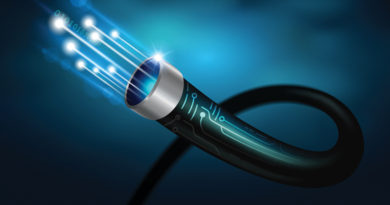Time is Now, to Accelerate your Fiber Skills
By Steve Harris
In this article, we decided to look ahead and share our thoughts on the fiber skills, knowledge, and abilities (SKA) necessary to stay successful in 2022 and beyond. The future of connectivity will rely heavily on infrastructures that expand the use of fiber optics. Operators will have detailed spending plans for fiber optic networks. Furthermore, government funding in fiber networks is expected to double! [1] Telecommunication operators are clearly focused on fiber in a big way in their networks. There are four core fiber architecture networks that operators are focused on next year.
- Hybrid fiber/coax (HFC) access network architectures
- Fiber deep access network architectures
- Modular headend architecture (MHA) or distributed access architectures (DAA)
- Remote physical layer (R-PHY)
- Remote media access control and physical layer (R-MACPHY)
- Passive optical distribution network (ODN) architectures or fiber to the x (FTTx)
The core skills essential to be successful in a fiber optic architecture include an understanding of fiber optic operation, along with its installation and troubleshooting. Details of the core skills of fiber are noted in Table 1. To be successful working with fiber, an engineer should understand fiber signaling, intrinsic/extrinsic properties, cable types and multiplexing (mux). For connecting fiber, knowledge of fiber connectivity, splicing fiber, and the components of a fiber installation are important. In addition, fiber tools are an important part of fiber work, from cleaning fiber connections, measuring power per wavelength in dBm/mW, applying optical power budgets and locating defects in the fiber network. Finally, troubleshooting is where an engineer uses their SKAs to the appropriate situations in the network. Preparing your core fiber skills is easy, with the SCTE Broadband Transport Specialist (BTS) certification program.
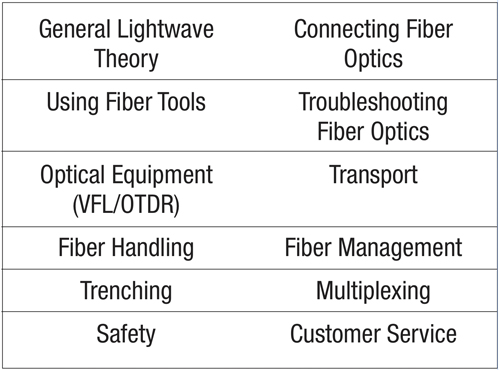
Table 1. Core fiber skills required by telecommunication operators and contractors
Activities in HFC networks will continue next year, as many of these networks will be maintained until they are enhanced. Operators are pushing greater fiber counts or higher density fiber into the plant. To push more fiber, operators will be focused on fiber construction best practices, along with using engineers who are certified as SCTE Construction Engineering Professionals (CEP). The increase in fiber allows operators to perform additional optical node splits in the access network, as well as prepare for future network convergence (e.g., wireless and wireline). In other cases, operators will push the fiber counts closer to the premises, referred to as fiber deep. A fiber deep network is often referred to as an optical node + 0 (N+0) architecture but may exist as a N+1 or N+2. N+0 means that there are no active amplifiers or other active devices between the optical node and the customer premises.

Fig. 1. Telecommunication fiber architecture networks
What does an engineer have to comprehend for MHA networks? In an MHA, digital fiber is the transport used to provide vast amounts of bandwidth, capacity, and reliability between the headend and the optical node. Operators will move Open Systems Interconnection (OSI) model layer functions from the headend cable modem termination system (CMTS) or converged cable access platform (CCAP) to the optical node in the access network. The fiber is transformed from analog intensity modulation (AIM) to baseband digital modulation, or digital fiber with MHA. MHA version 2 is often referred to as DAA, a more common term.
DAA has two flavors, R-PHY and R-MACPHY, shown in Fig. 1. R-PHY moves the CCAP’s physical layer functionality to a remote PHY device (RPD) in the node. R-PHY puts the RF modulation and multiplexing closer to the premises. R-MACPHY moves the PHY and MAC layer functions of the DOCSIS and MPEG network to a remote MACPHY device (RMD) in the node. The benefits of R-MACPHY are expanding with the CableLabs’ specification known as flexible MAC architecture (FMA).
Both R-PHY and FMA provide a path to 10G in the near future, driving RF enhancements known as extended spectrum DOCSIS (ESD) and full duplex (FDX) DOCSIS. ESD expands the downstream spectrum up to 1.8 GHz, along with future advancements to 3 GHz. ESD does not require operators to deploy an N+0 architecture. In an FDX architecture, operators are able to simultaneously use their spectrum to provide downstream and upstream traffic for technologies like DOCSIS 4.0. FDX currently requires operators to deploy an optical N+0 architecture, however there is effort to develop FDX amplifiers, allowing additional options. The CableLabs FMA specification further drives enhancements in the network using R-MACPHY, allowing operators to deploy software defined networks (SDN) and network function virtualization (NFV), while levering cloud computing. FMA and SCTE GAP will afford operators with options for wireless and ODN deployment as well. Furthermore, FMA will play a large role in future of edge computing networks by driving low latency, edge processing, edge storage, and machine learning (ML) analysis for IoT and mobile devices.
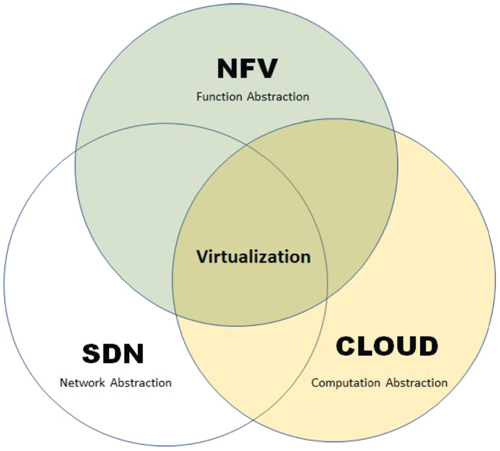
Fig. 2. Telecommunication fiber architecture networks
What does an engineer need to understand for passive optical networks (PON)? If you have been working on an HFC network, you have been working with AIM fiber optics. PON offers operators a digital network, pure binary (i.e., 0s and 1s). PON uses an ODN to connect the headend to the premises, utilizing different types of optical components. At the headend, an optical line terminal (OLT) is used to supply PON signaling in the downstream of the ODN at particular wavelengths. The optical network unit (ONU) or terminal (ONT) is used to receive the downstream digital signal and transmit upstream optical signals towards the headend.
There are a few types of PON to be aware of today. For starters, radio frequency over glass (RFoG) fiber to the home (FTTH) networks granted operators the ability to use existing coaxial cable modems and set-top boxes (STBs) at the premises. Then came gigabit PON (GPON) and Ethernet PON (EPON), offering 1 Gbps symmetrical FTTH services. This was ideal for greenfield and rural installations. Today, more operators are looking at XGS-PON and EPON to offer 10 Gbps symmetrical FTTH services. These PONs may be offered in a greenfield network or a brownfield network. A brownfield network might use a SCTE GAP 173 node and modules to deliver FTTH from the RPD or RMD.
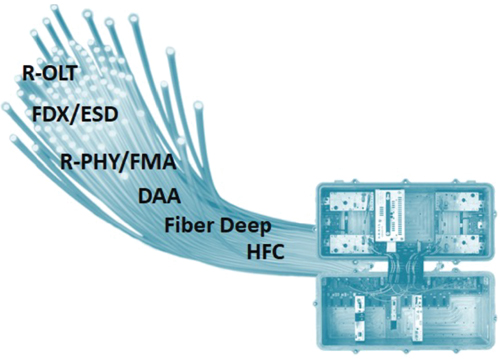
Fig. 3. Growing the HFC access network using SCTE GAP 173
From the activities in our industry, it is clear the path will include fiber optics. Our HFC access networks are here to stay with new architectures like fiber deep, DAA and PON being deployed. It is important to remain ahead of the technology curve be keeping your skills up to date. Table 2 shows a summary of the SCTE professional certifications to keep you in demand for the future of fiber optics!
[1] SDxCentral
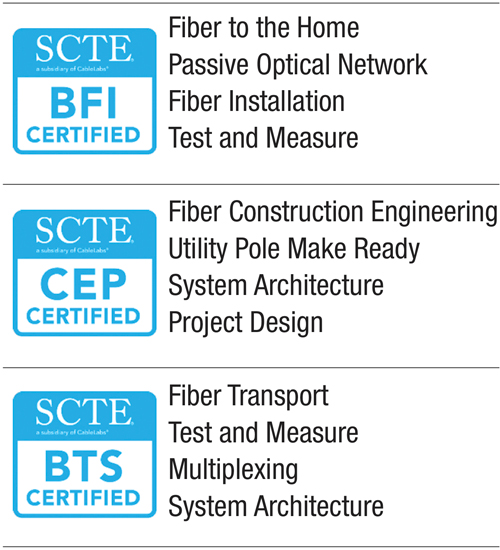
Table 2. SCTE roadmap of fiber certifications
 Steven Harris
Steven Harris
Executive Director, Technical Sales, Learning & Development, SCTE
Steve is an international SME and thought leader, and the executive director of education and business development for SCTE. He is responsible for overseeing the architecture and evolution of educational programs, credentialing, and customized career progressions, as well as business development and partnerships. His team is responsible for an education library that is now 900+ modules, designed to drive business results. With more than 30 years in education, he has taught much of the content of the library, with a dynamic approach to the delivery of highly complex topics.


